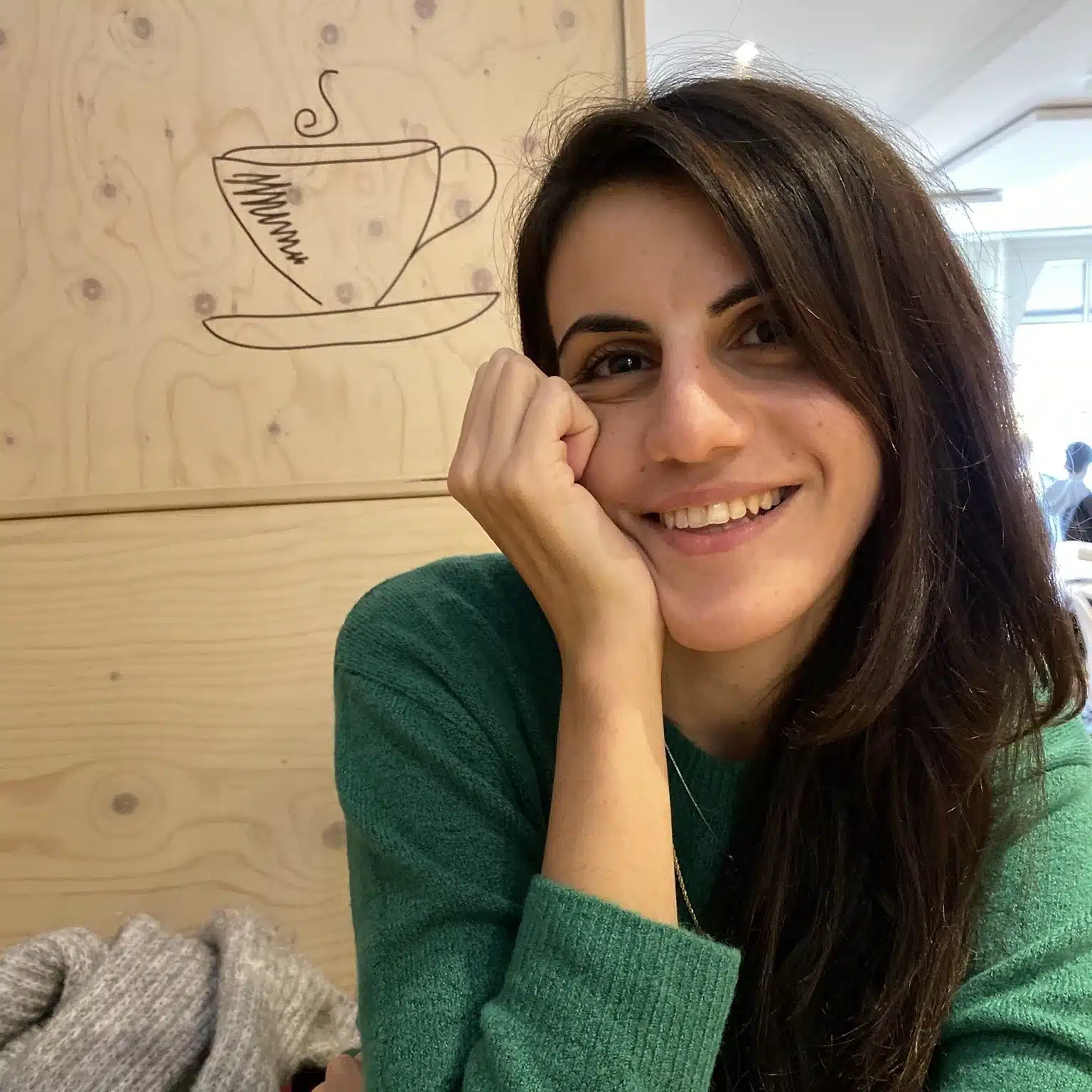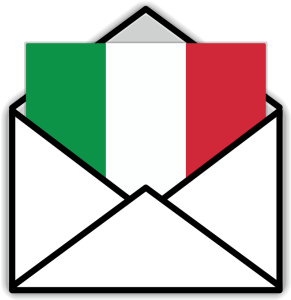Molto, molta, molti, molte: what is the difference?
If you have ever felt confused about choosing between ‘molti’, ‘molte’, or ‘molta’, this article is for you.
English has separate words to express what in Italian is conveyed by ‘molto’ and its variations, and that’s where the confusion comes from!
Molto
Molto is invariable and thus does not change its ending when it acts as an adverb, which is the case when it appears after a verb or before an adjective.
- molto = very, a lot, much
To choose the correct version of ‘molto’ in Italian, all you need to do is learn the rules below.
Molto, Molta, Molti, Molte
Molto is variable and modifies its ending to molta, molti, molte when it precedes a noun. In this case, it functions as an adjective.
- Molto/a = much
- Molti/e = many

Test Your Italian
Not sure what your Italian level is? I’ve created a free online Italian test to help you determine it.This chart will help you determine which form of ‘molto’ to use:
| Molto (invariable / adverb) | Very | Firenze è molto bella (Florence is very beautiful) Questo studente è molto intelligente (This student is very intelligent) |
| Much A lot | Ieri ho mangiato molto (Yesterday I ate a lot) Questo libro mi piace molto (I like this book a lot) | |
| Molto – Molta (variable /adj.) | A lot of Much | Ho molta pazienza con gli studenti (I have a lot of patience with the students) Non faccio molto sport (I don’t do much sport) |
| Molti – Molte | Many | Ho molti amici in Italia (I have many friends in Italy) Conosco molte persone in Italia (I know many people in Italy) |








